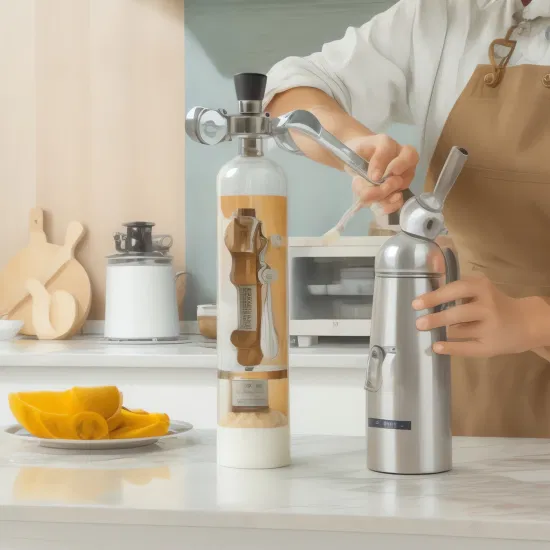Whipped cream chargers, also known as nitrous oxide (N2O) chargers, have become increasingly popular in culinary applications, particularly for creating whipped cream, mousses, and other culinary delights. However, concerns about their safety have emerged, prompting the need for a comprehensive safety guide. When used correctly, whipped cream chargers can be safe; however, misuse or negligence can lead to serious health risks. One of the primary safety concerns associated with whipped cream chargers is the inhalation of nitrous oxide, a practice sometimes referred to as “nangs” or “whippits.” While nitrous oxide is safe for food use when properly managed, recreational inhalation poses significant dangers, including asphyxiation, frostbite from direct contact with the gas, and potential long-term neurological damage. Furthermore, because nitrous oxide is an anesthetic, improper use can lead to unconsciousness or even death. It is essential to understand that the chargers are not intended for human consumption in any form other than through food preparation.

Another safety concern is the proper handling and storage of whipped cream chargers. The canisters are typically made of steel and contain compressed gas, making them susceptible to explosions if exposed to high heat or direct sunlight. It is crucial to store whipped cream chargers in a cool, dry place and away from direct sunlight to prevent over-pressurization. When using a whipped cream dispenser, it is important to follow the manufacturer’s instructions carefully to avoid accidents. For instance, users should ensure that the charger is inserted correctly and not overfilled, as this can lead to malfunctions or the risk of injury. Always inspect the chargers for any signs of damage before use, as damaged canisters can burst under pressure, posing serious risks of injury. Additionally, the environmental impact of nitrous oxide should not be overlooked. Although nitrous oxide is a potent greenhouse gas, its use in culinary applications is considered minimal compared to other industrial uses.
However, users should be mindful of the number of 8g n2o cartridges they use and consider alternatives like reusable whipped cream dispensers or making whipped cream from scratch when possible. Moreover, while nitrous oxide is legal for culinary use in many places, some jurisdictions have placed age restrictions on the sale of whipped cream chargers to prevent misuse, particularly among younger populations. In summary, whipped cream chargers can be safe when used responsibly and in accordance with manufacturer guidelines. The primary risks stem from improper usage, inhalation, and inadequate storage. To enjoy the benefits of whipped cream chargers without endangering health, individuals must prioritize safety by using them solely for their intended purpose, storing them correctly, and being aware of the potential dangers associated with their misuse. By understanding and respecting these safety considerations, users can enjoy the culinary delights that whipped cream chargers offer while minimizing health risks and ensuring a safe cooking environment.
